The Western Yew: A native tree to Victoria, B.C. Landscapes
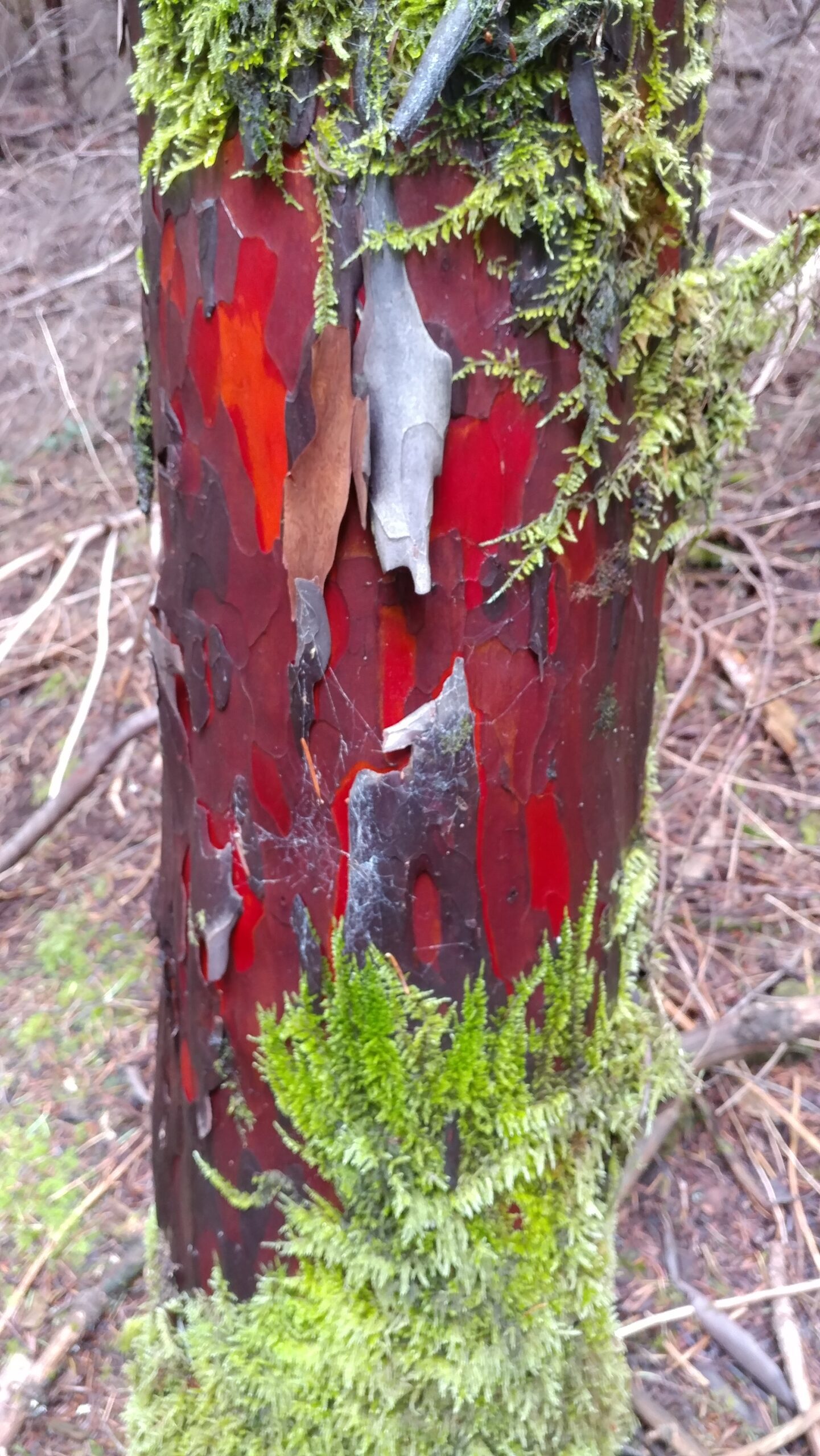
Justin15w, CC BY-SA 4.0 https://creativecommons.org/licenses/by-sa/4.0, via Wikimedia Commons
!! Important Safety Info !!
Warning: Western yews can be dangerous if eaten. Almost all parts of the tree are poisonous to people and many animals. The red arils are the only part that isn’t toxic, but the seeds inside them are! Always wash your hands after touching a Western yew, and keep kids and pets away from eating any part of it.
The Western yew, scientifically known as Taxus brevifolia, is a remarkable tree that offers both beauty and ecological benefits to the landscapes of Victoria, B.C. With its dense, dark green foliage and distinctive red arils, this tree stands out as a unique addition to any garden or naturalized area. This article will delve into the fascinating characteristics of the Western yew, its suitability for Victoria’s climate, and practical tips for planting and caring for this botanical marvel.
A Glimpse into the Past
The Western yew has a rich history, deeply intertwined with the indigenous cultures of the Pacific Northwest. Known for its medicinal properties, the tree was traditionally used by the Coast Salish and other indigenous groups for various purposes, including crafting and ceremonies. Its bark was particularly valued for its use in traditional medicine, and the tree itself held cultural significance in many indigenous practices.
A Botanical Marvel: Distinctive Features
The Western yew is a small to medium-sized evergreen tree, typically reaching heights of 15 to 20 meters with a spread of 4 to 6 meters. Its reddish-brown, scaly bark adds a unique texture to the landscape, while its flat, pointed needles create a lush, dark green canopy. The needles, which are 1 to 3 cm long, are darker on the upper side and lighter beneath, adding a subtle contrast to the foliage.
Unlike many coniferous trees, the Western yew does not produce true cones. Instead, its seeds are enclosed in a fleshy, red aril that resembles a berry. These arils are not only visually striking but also play a crucial role in the tree’s reproduction, as they attract birds and small mammals that help disperse the seeds.
Western yew in Victoria, B.C. A Perfect Fit?
Victoria, B.C., with its mild, temperate climate and abundant rainfall, provides an ideal environment for the Western yew. This tree thrives in moist, shaded areas, making it well-suited to the region’s lush coniferous forests. While it is native to the Pacific Northwest, from Alaska to California, the Western yew has also been successfully incorporated into to various parts of Victoria landscaping.
Homeowners and landscaping enthusiasts in Victoria can take advantage of the Western yew’s adaptability to local conditions. Its preference for well-drained, acidic soil and partial to full shade aligns perfectly with the natural environment of Victoria, making it a low-maintenance yet rewarding addition to any garden.
Planting and Care: Nurturing a Western yew
Choosing the Right Location
Selecting the appropriate location is crucial for the successful growth of a Western yew. Choose a spot that offers partial to full shade, as the tree is sensitive to over-exposure to sunlight. Ensure the soil is well-drained and slightly acidic to mimic its natural habitat.
Planting Techniques
When planting a Western yew, dig a hole that is twice the width of the root ball and just as deep. Place the tree in the hole, ensuring the top of the root ball is level with the surrounding soil. Backfill the hole with soil, gently tamping it down to eliminate air pockets. Water the tree thoroughly after planting to help it establish its roots.
Watering Requirements
The Western yew prefers consistent moisture, especially during its initial years. Water the tree regularly, ensuring the soil remains moist but not waterlogged. Once established, the tree becomes more drought-tolerant, but it’s still important to monitor soil moisture during dry spells.
Fertilization
Fertilize the Western yew in early spring with a balanced, slow-release fertilizer to promote healthy growth. Avoid over-fertilizing, as this can harm the tree. A layer of organic mulch around the base of the tree can help retain soil moisture and provide additional nutrients as it decomposes.
Pruning
Pruning is generally minimal for the Western yew. Remove any dead, damaged, or diseased branches to maintain the tree’s health and appearance. Light pruning can also help shape the tree and control its size, but avoid heavy pruning as it can stress the tree.
The Environmental Benefits:
The Western yew offers numerous ecological benefits that make it a valuable addition to any landscape. Its dense foliage provides shelter and nesting sites for birds, while the red arils serve as a food source for various wildlife, including birds and small mammals. Additionally, the tree contributes to carbon sequestration, helping to mitigate climate change by absorbing carbon dioxide from the atmosphere.
The Western yew also plays a role in air purification, filtering pollutants and improving air quality. Its root system helps prevent soil erosion, stabilizing the soil and maintaining the health of the surrounding ecosystem.
Conservation and Stewardship: Protecting Our Western yew
While the Western yew is not globally threatened, it is considered rare in some areas, particularly in parts of California and Oregon where habitat loss has impacted populations. Overharvesting for its medicinal properties has also been a concern. Fortunately, cultivation for taxol production, a compound derived from the bark, has helped reduce pressure on wild populations.
In Victoria, homeowners and landscaping enthusiasts can contribute to the conservation of the Western yew by practicing responsible tree care and supporting local conservation efforts. Planting and nurturing these trees in gardens and naturalized areas helps preserve their presence in the region and ensures their ecological benefits continue to be enjoyed.
Western yew Facts
The Western yew (Taxus brevifolia) stands out as a unique and valuable addition to the landscapes of Victoria, B.C. Its historical significance, distinctive features, and ecological benefits make it a tree worth considering for any garden or naturalized area. By following the planting and care tips provided, homeowners and landscaping enthusiasts can enjoy the beauty and benefits of this remarkable tree for years to come.
Description:
- 🌲 Common Name: Western yew
- 🔬 Scientific Name: Taxus brevifolia
- 📏 Height: Up to 15-20 meters
- 🌳 Spread: 4-6 meters
- ⚠️ Toxicity: All parts of the plant, including leaves, bark, and seeds, are highly toxic if ingested.
- 🪵 Bark: Reddish-brown, scaly
- 🍃 Leaves: Needles flat with pointed tips, 1-3 cm long, dark green above, lighter green below
- 🌲 Cones: Lacks true cones; seeds are enclosed in a fleshy aril
- 🌼 Flowers: Non-showy, small, male and female flowers on separate trees
- 🍇 Fruit: Red, berry-like aril .
- 🌟 Distinctive Features: Dense, dark green foliage; red arils
Habitat and Distribution:
- 🌍 Natural Habitat: Moist, shaded areas in coniferous forests
- 🌎 Geographical Range: Pacific Northwest, from Alaska to California
Growth and Care:
- 📈 Growth Rate: Slow
- 🏞️ Soil Type: Well-drained, acidic
- ☀️ Sunlight Requirements: Partial to full shade
- 💧 Water Requirements: Moderate, prefers consistent moisture
- 🌿 Care Practices: Requires little maintenance once established, sensitive to drought
- Pro Tip: Best in cool, moist environments with good soil drainage; avoid over-exposure to sun
Interactions and Benefits:
- 🐦 Wildlife Interactions: Berries eaten by birds and small mammals
- 🌱 Environmental Benefits: Provides habitat and food for wildlife
Uses:
- 🌺 Ornamental Uses: Used in shade gardens and naturalized areas
- 🪵 Timber Uses: Limited due to rarity and small size, occasionally used for specialty wood products
- 💡 Other Uses: None specified
Conservation and Culture:
- 🛡️ Conservation Status: Not globally threatened but considered rare in some areas such as specific regions within California and Oregon where habitat loss has impacted populations
- 📜 Historical Significance: Used by Coast Salish and other indigenous groups of the Pacific Northwest for various medicinal purposes
- 🎭 Cultural Importance: Valued for its medicinal properties and traditionally used by Pacific Northwest indigenous groups in various cultural practices, including crafting and ceremonies
Additional Tips and Notes:
- 🌿 Growing Tips: Best in cool, moist environments with good soil drainage; avoid over-exposure to sun
- 🔍 Identifying Key: Needles flat with pointed tips
- 📝 Notes: Due to its medicinal value, overharvesting has been a concern; cultivation for taxol production has helped reduce pressure on wild populations
Images:
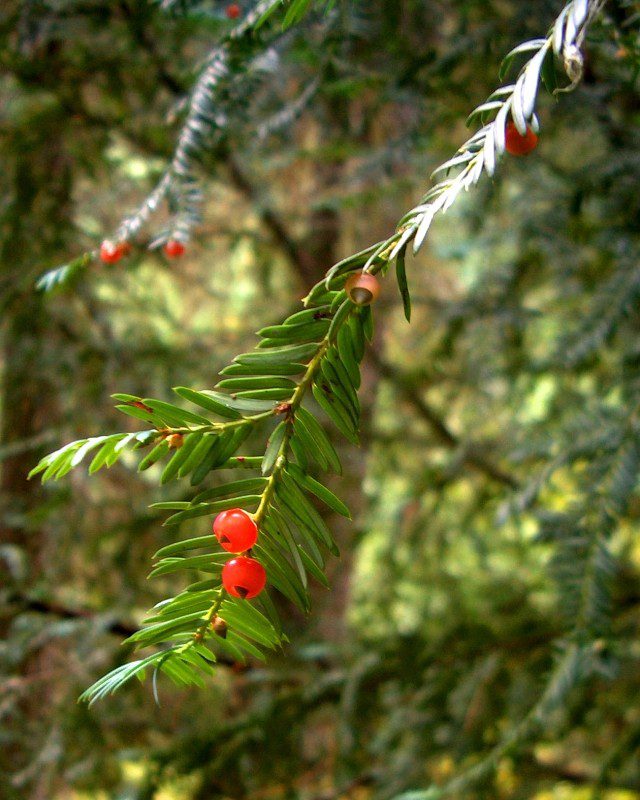
Caption: Jason Hollinger, CC BY 2.0 https://creativecommons.org/licenses/by/2.0, via Wikimedia Commons
Description: Detailed view of a Taxus brevifolia branch.
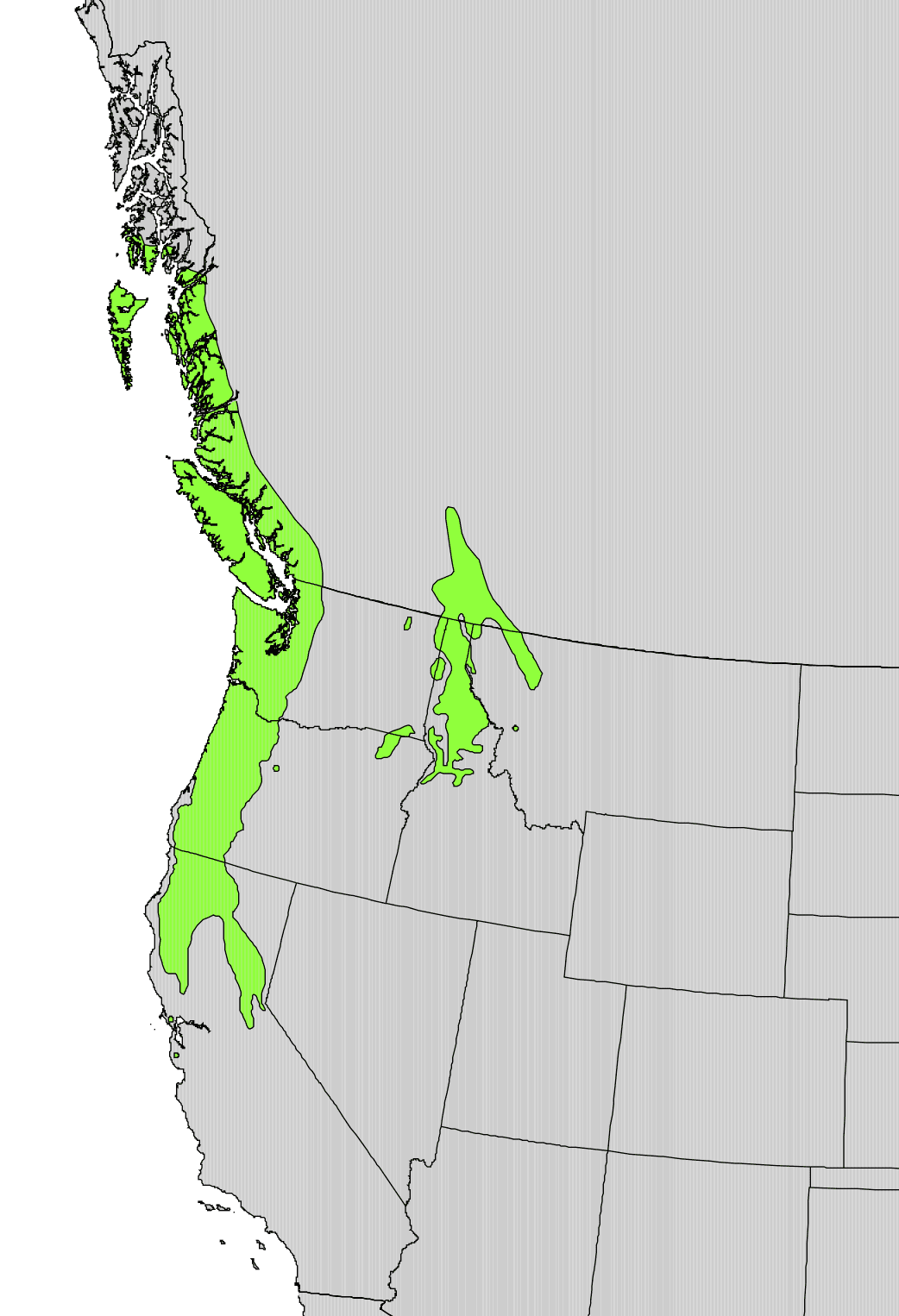
Caption: U.S. Geological Survey, Public domain, via Wikimedia Commons
Description: Map showing Western yew (Taxus brevifolia) distribution in Victoria, B.C., and the U.S. West Coast.
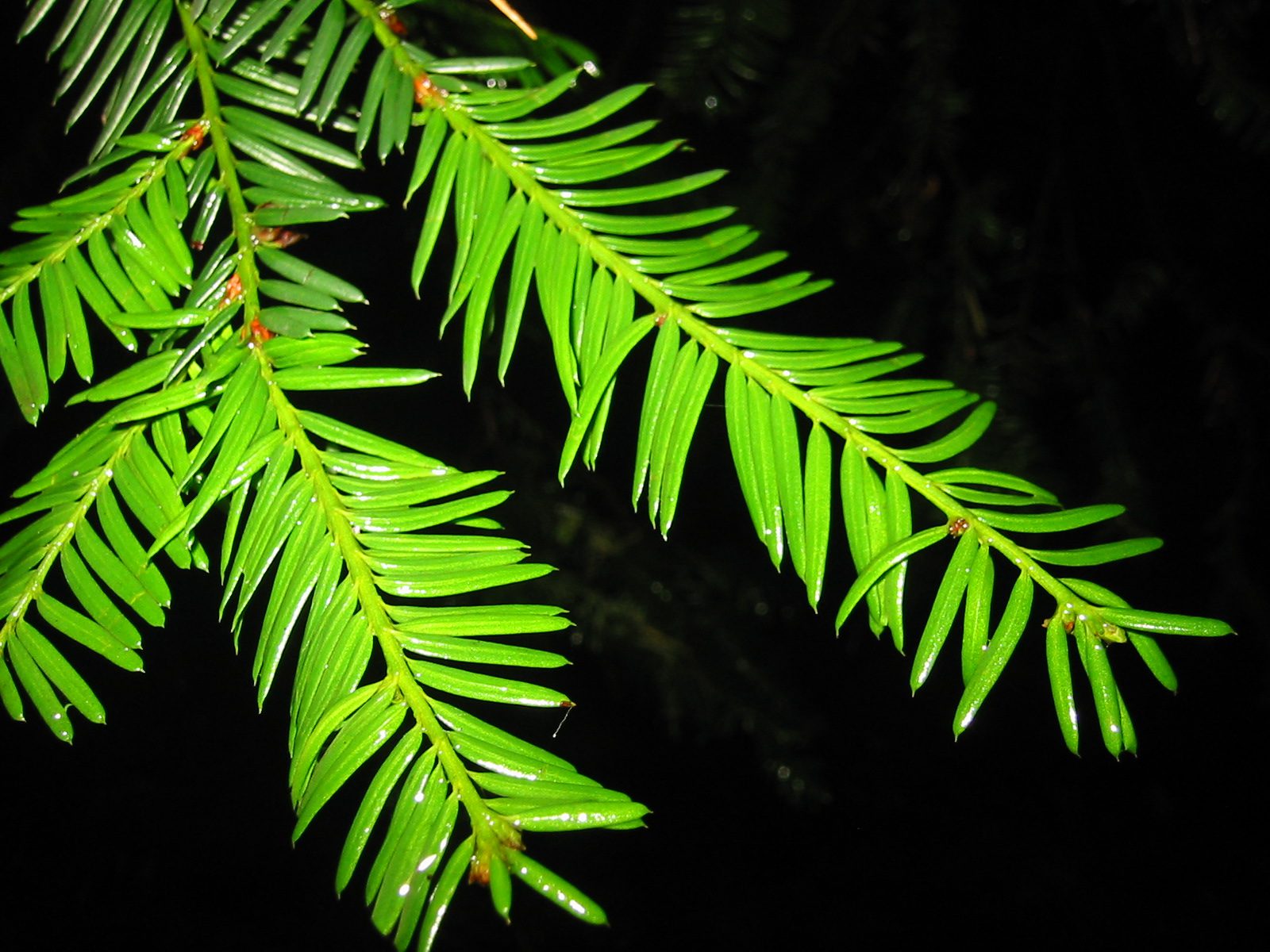
Caption: Close-up image of Western yew (Taxus brevifolia) leaves, highlighting the vibrant green.
Description: Close-up image of Western yew (Taxus brevifolia) leaves, highlighting the vibrant green.
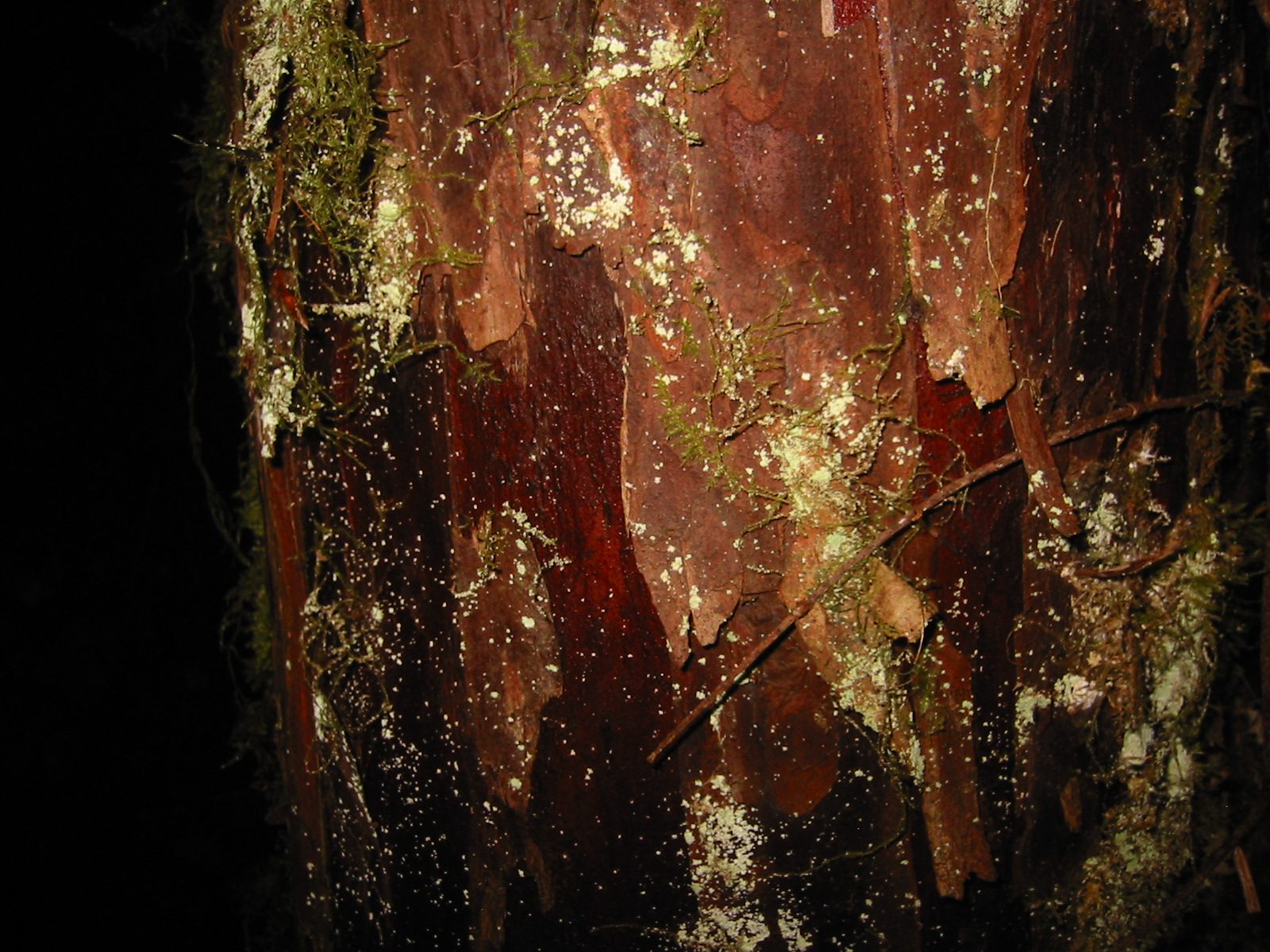
Caption: Walter Siegmund, CC BY-SA 3.0 http://creativecommons.org/licenses/by-sa/3.0/, via Wikimedia Commons
Description: Detailed view of Taxus brevifolia bark, highlighting its unique texture and moss.
Contact
Need Help with Your Western yew? If you’re looking for expert advice on caring for your Western yew or need professional tree services in Victoria, B.C., contact Victoria Trees today! Our team is dedicated to helping you keep your trees healthy and thriving.
Contact Us or call/text Scott at 250 220 9298 to schedule a consultation or service appointment.